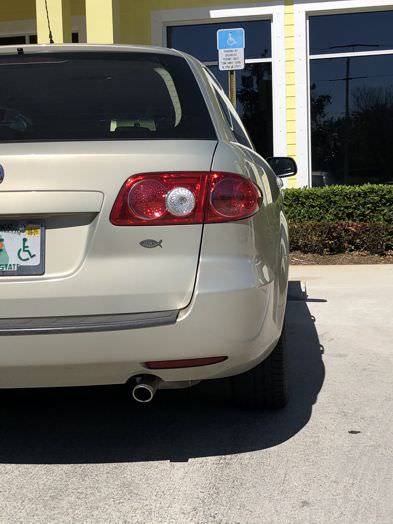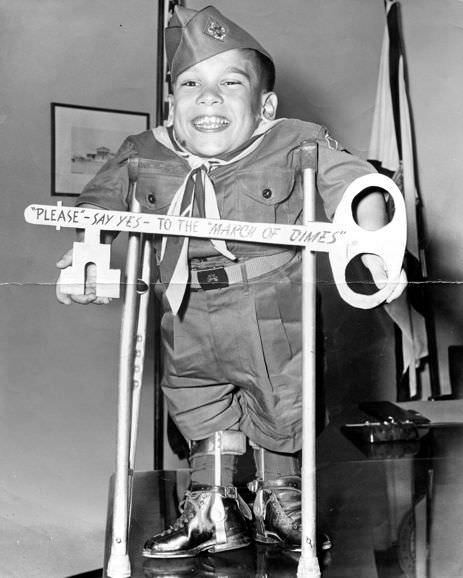
My mouth was dry as I anticipated my name being called to appear before the traffic court magistrate. Even though a law school student at the time, this was no legal clinic assignment. Nope, I was there defending myself. My offense? Parking without a disability placard or license tag on my vehicle in a space reserved for people with disabilities. Hard to believe since I had a placard, but I was ticketed because it wasn’t on display. Thankfully, the magistrate took one look at my 40-inch stature, said “this has to be a mistake,” and dismissed the charge.
Want to subscribe to receive blog updates sign up today!
My experience is ironic given how many people violate disability parking laws without getting caught. So many without a placard or license tag block access aisles to an accessible parking space making it impossible to open doors wide enough to load a wheelchair or to put down a van lift. Others have all kind of excuses for parking in reserved spaces—”I’m just unloading, I’ll only be a few minutes, there’s nowhere else to park.” Some offenders are just plain obnoxious and park wherever they want maybe even to protect their flash car from getting scratched.
But what about the vehicles with placards and license tags driven by people who don’t appear disabled? When there’s no sign of a wheelchair or walker, vigilantes often challenge these drivers for illegal parking. This assumption is prejudicial to those with invisible disabilities that do qualify for disabled parking privileges due to breathing or heart conditions, pain, extreme fatigue, and/or impaired mobility. One woman reported getting two to four comments a week, people yelling at her, leaving notes on her windshield, knocking on her car window, or calling her a liar when she explained she had two prosthetic legs. Should she have pulled up her trouser leg to show them?
Nondisabled drivers who chauffeur a passenger who is eligible for disabled parking are also subjected to dirty looks and inappropriate challenges for lawfully using disabled parking.
So what does this mean for the vigilantes who police disability parking violations? Fair enough to confront those whose vehicle is missing a disabled parking placard or license tag, but unfair to accost a driver who doesn’t look disabled. It’s not our job to question whether the driver is disabled or to assume fraudulent use of a placard. Instead, when fraud is suspected, report the vehicle’s license plate and placard number to the police and/or your state’s Department of Motor Vehicles.
The police are equipped to investigate fraudulent cases where placards are borrowed from someone with a valid permit, issued based on false information, or counterfeited. The penalties for fraud are severe with fines as high as $10,000 for a felony, jail time up to six or 12 months for a misdemeanor, community service, and restrictions on professional licenses.
So how do you handle those you perceive to be illegally parked in spaces reserved for people with disabilities?
For more of my writings, go to https://angelamuirvanetten.com where you can subscribe to my weekly blog, find several retail links to my book—“Pass Me Your Shoes”—and get updates on the Fall 2021 publication of the third book in my dwarfism trilogy, Always An Advocate.









